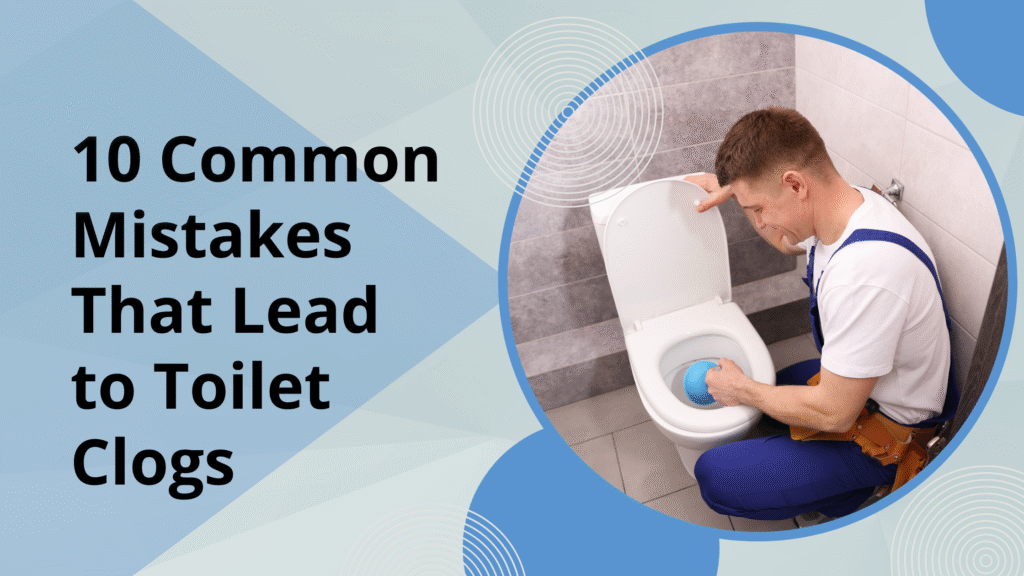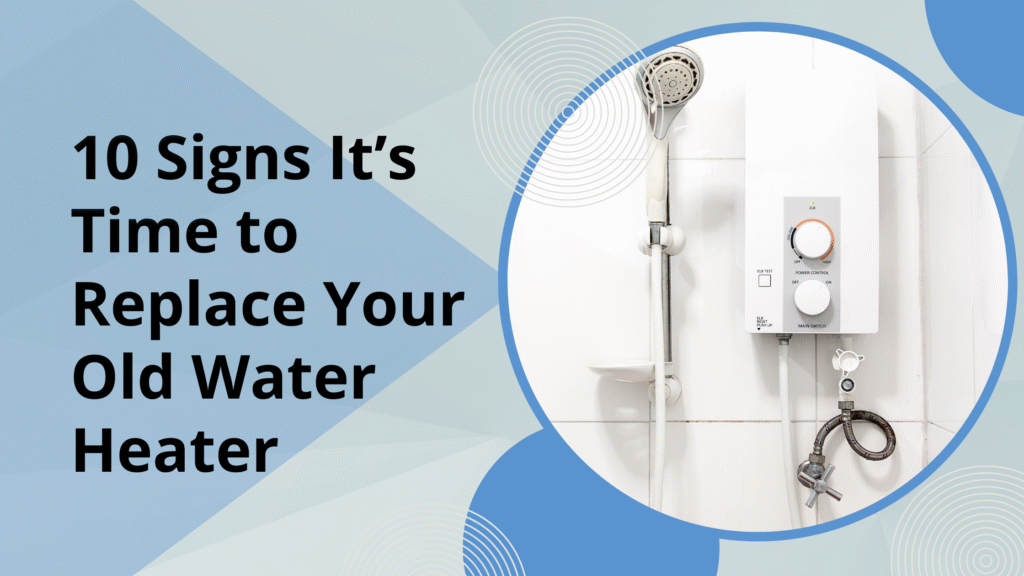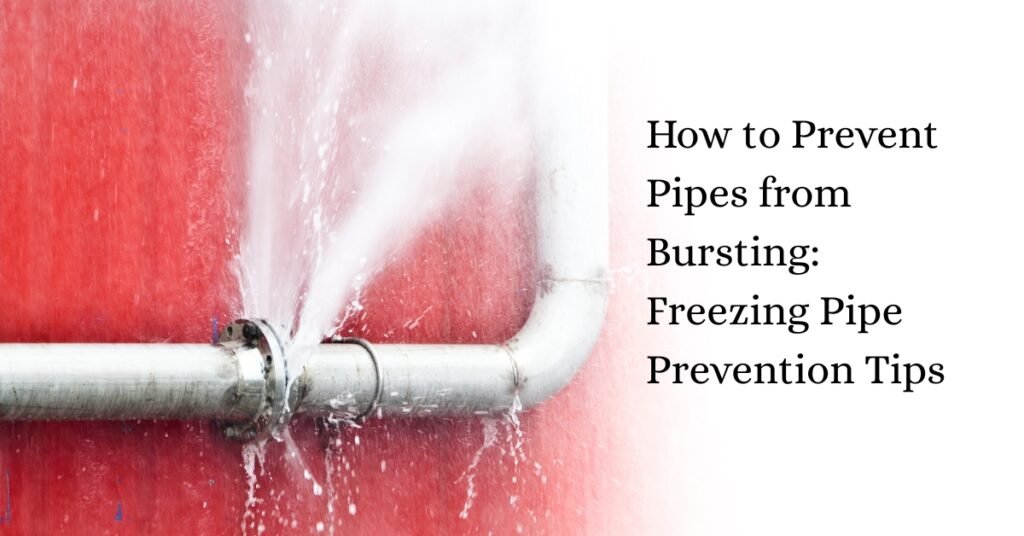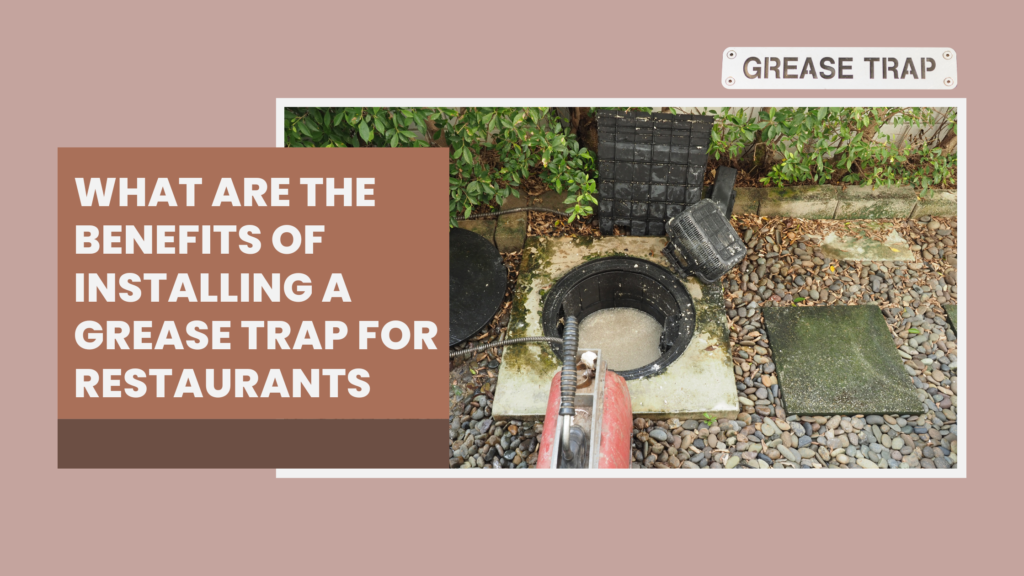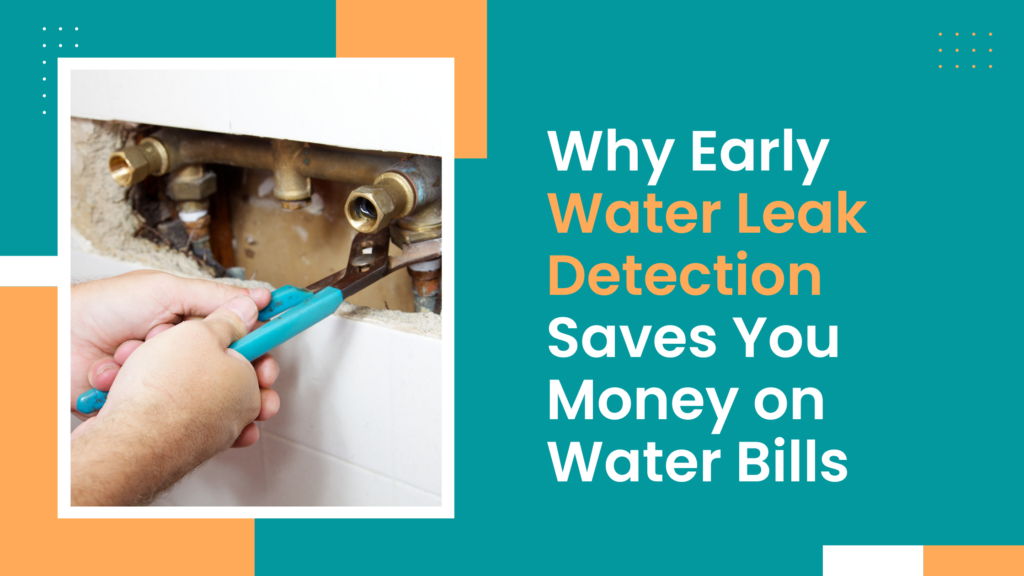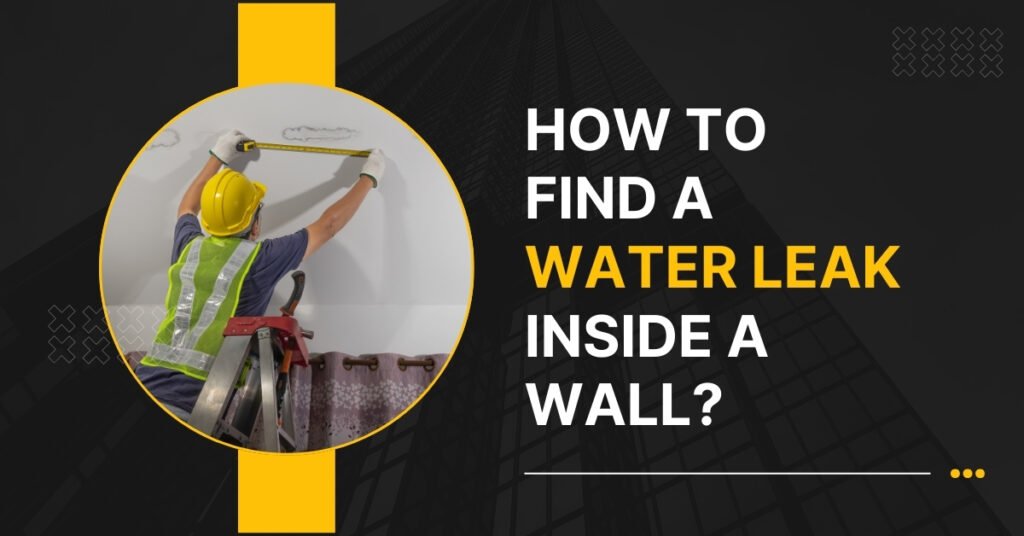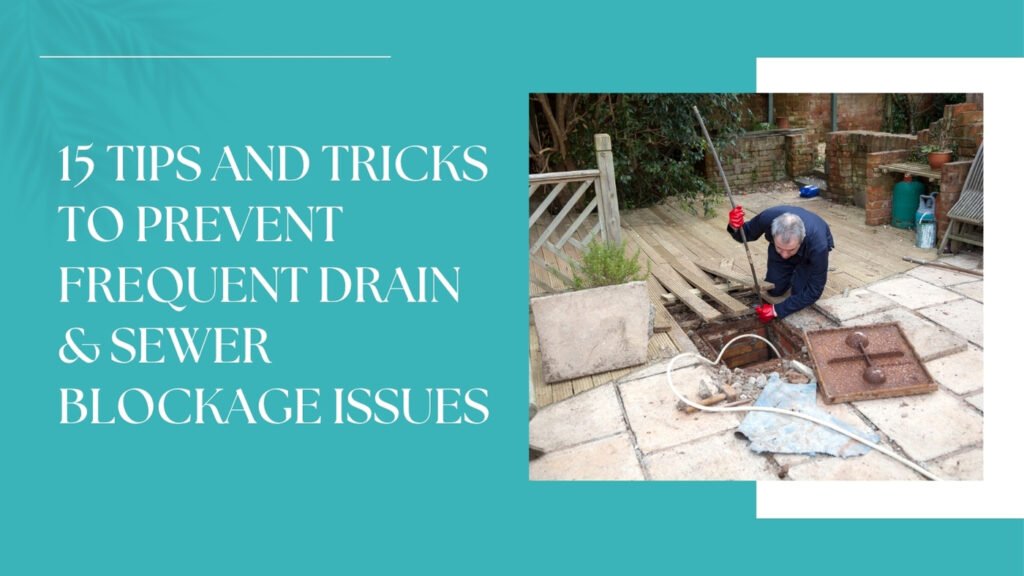How Much Does Sewer Line Repair Or Replacement Typically Cost?
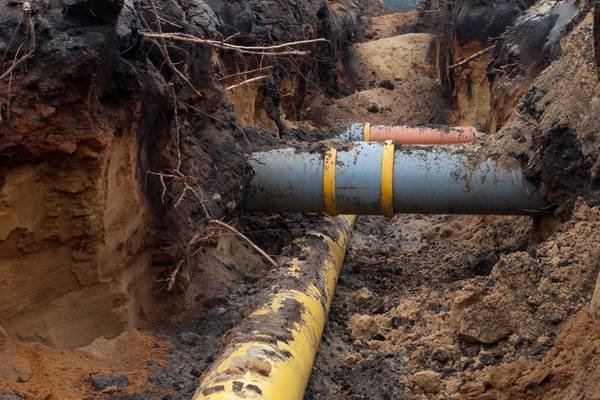
Ensuring the proper functioning of sewer lines is crucial for maintaining a healthy and hygienic living environment. Over time, sewer lines can deteriorate due to various factors such as age, tree root intrusion, or ground shifting. Neglecting sewer line issues can lead to severe consequences like sewage backups, foul odors, and even structural damage to properties. Timely repair or replacement of damaged sewer lines is vital to prevent costly repairs, health hazards, and inconvenience. Investing in sewer line maintenance safeguards the well-being of individuals and promotes a clean and sustainable community.
Sewer Line Repair & Replacement Prices
Sewer repairs can indeed vary in cost depending on the extent of the problem and the specific factors involved. It’s important to note that prices can vary significantly based on various factors such as location, accessibility, the severity of the issue, and the materials needed for repair.
Minor repairs, such as fixing a clogged sewer line or a small section of damaged pipe, may cost around $650 or even less. On the other hand, more extensive repairs, such as replacing a longer section of sewer line, can range from a few thousand dollars up to $7,500 or more for 30 feet of replacement.
Factors Affecting Sewer Line Repair / Replacement Cost
1. Material Of The Sewer Pipe
The material of the sewer pipe used in your plumbing system plays a crucial role in its durability and longevity. Common sewer pipe materials include PVC, clay, cast iron, and concrete. PVC pipes are lightweight, resistant to corrosion, and have a longer lifespan. Clay pipes, although durable, can be susceptible to cracking and root intrusion. Cast iron pipes are strong but prone to rusting over time. Concrete pipes are heavy-duty but may deteriorate due to chemical reactions. Selecting the right pipe material is essential for ensuring a reliable sewer system.
2. Length And Depth Of The Sewer Line
The length and depth of the sewer line in your property are factors that impact the cost of repair or replacement. The length refers to the total measurement of the sewer line from the starting point to the endpoint. A longer sewer line requires more materials and labor, thus increasing the overall cost. The depth refers to how far below the ground the sewer line is installed. Deeper sewer lines may require more extensive excavation or specialized equipment, resulting in higher expenses. Understanding the length and depth of your sewer line helps in estimating the cost of necessary repairs or replacements accurately.
3. Location And Accessibility
The location and accessibility of your sewer line have a significant impact on the cost of repair or replacement. If the sewer line is located in a hard-to-reach area, such as under a building or in a congested space, it may require extra effort and time for the technicians to access and work on it. This can lead to higher labor costs. Similarly, if the sewer line is located in a remote or challenging-to-reach location, transportation of equipment and materials may incur additional expenses. Considering the location and accessibility helps in evaluating the overall cost of the sewer line repair or replacement project accurately.
4. Type And Severity Of The Damage
The type and severity of the damage to your sewer line are significant factors in determining the cost of repair or replacement. The type of damage could range from minor issues such as cracks or leaks to more severe problems like collapsed sections or extensive root intrusion. Complex damage often requires more extensive repairs or even complete replacement, which can increase costs. Additionally, the severity of the damage affects the amount of labor, materials, and time required to rectify the issue. Evaluating the type and severity of the damage helps in accurately estimating the necessary expenses for sewer line repair or replacement.
Cost Breakdown of Sewer Line Repair / Replacement
1. Cost Range For Different Repair Methods
Different sewer line fix methods come with varying cost ranges. Patching, which involves fixing isolated areas of damage, is usually the least expensive option. Pipe lining, where a new liner is inserted into the existing pipe, falls within a moderate cost range. Trenchless methods like pipe bursting, which replaces the old pipe while breaking it apart, tend to be more expensive due to specialized equipment requirements. The specific cost range for each method can vary based on factors such as the extent of damage, pipe material, and labor involved. It’s advisable to obtain detailed estimates from contractors to determine the most cost-effective solution for your sewer line repair needs.
2. Average Cost Per Linear Foot Of Sewer Line Replacement
The average cost per linear foot of sewer line replacement can vary depending on several factors. On average, sewer line replacement costs range from $50 to $250 per linear foot. However, it’s important to note that this cost can be influenced by variables such as the location, depth, accessibility, and type of pipe material being used. Longer sewer lines or those requiring extensive excavation may incur higher costs. Obtaining multiple quotes from reputable contractors is recommended to get a more accurate estimate for your specific project.
3. Cost Considerations For Different Pipe Materials
Different pipe materials used for sewer line replacement come with varying cost considerations. PVC pipes are generally the most affordable option, offering cost-effective installation and maintenance. Clay pipes, while durable, may have a higher upfront cost due to their material and installation requirements. Cast iron pipes are known for their durability but can be more expensive. Additionally, specialty materials like HDPE (high-density polyethylene) or concrete pipes may have unique cost considerations based on their specific characteristics. Considering the upfront and long-term costs of different pipe materials helps in selecting the most suitable option for your budget and needs.
Ways to Reduce Sewer Line Repair / Replacement Costs
1. Regular Maintenance And Inspection
Regular maintenance and inspection of your sewer line are essential for preventing costly repairs and ensuring its optimal performance. By scheduling routine maintenance, such as clearing debris or flushing the line, you can identify and address minor issues before they escalate into major problems. Additionally, regular inspections using specialized cameras can detect hidden damage or blockages. Promptly addressing any identified issues can help extend the lifespan of your sewer line and minimize the risk of unexpected breakdowns. Investing in regular maintenance and inspection is a proactive approach that can save you money in the long run.
2. Consideration Of Trenchless Repair Methods
When it comes to sewer line repair or replacement, considering trenchless methods can be advantageous. Trenchless techniques, such as pipe lining or pipe bursting, minimize the need for extensive excavation. This means less disruption to your property, reduced labor costs, and faster completion times. Trenchless methods involve inserting a new lining into the existing pipe or using specialized equipment to break the old pipe while simultaneously installing a new one. By opting for trenchless fix, you can save both time and money while ensuring effective restoration of your sewer line.
3. Hiring Professionals And Obtaining Quotes
When it comes to sewer line repair or replacement, hiring licensed and experienced professionals is crucial. They possess the necessary skills and knowledge to handle the job efficiently and safely. It’s also important to obtain multiple quotes from different plumbing services and compare their services. This allows you to find the best value for your money and ensure that you’re getting high-quality workmanship. Don’t hesitate to ask for references or check online reviews to make an informed decision.
Pros And Cons Of Sewer Line Repair And Replacement:
Pros:
Long-term solution: Replacement provides a fresh, durable sewer line that can last for decades, minimizing the need for frequent repairs.
Improved functionality: New sewer lines offer better flow capacity, reducing the risk of clogs, backups, and other plumbing issues.
Upgraded materials: Replacement allows you to upgrade to modern, more efficient pipe materials that are resistant to corrosion and root intrusion.
Cons:
Cost: Sewer line replacement can be a significant investment, especially for longer or more complex sewer lines.
Disruption: The replacement process often requires excavation, which can cause temporary disruption to your property and landscaping.
Time-consuming: Depending on the extent of the replacement, the project may take several days or weeks to complete, causing inconvenience.
In conclusion, the cost of sewer line repair or replacement can vary significantly depending on various factors. These include the type and severity of the damage, length and depth of the sewer line, location and accessibility, as well as the materials used. The choice of restore method and regional variations can influence the overall cost. It is important to obtain multiple estimates, consider different pipe materials, and explore cost-saving measures like regular maintenance. By carefully evaluating these factors, individuals can make informed decisions and budget appropriately for sewer line repair or replacement projects.



